Roofing Lingo Decoded: 41 Terms Every Homeowner and Contractor Should Master
Hello! If you’re a property owner in Singapore, especially if you’re in that sweet spot of 35 and 45 plus years old like many of our clients-you probably don’t think about your roof until something goes wrong. We get it. Roofs are that part of your home you rarely see, but when they act up, they can cause a world of trouble. That’s why knowing roofing terms for property owners Singapore is so important-being familiar with these terms can help you spot issues early and make smarter decisions about your home.
Now, imagine this: You’re chatting with a roofing contractor, and they start throwing around words like “decking,” “flashing,” or “square.” You nod politely but secretly have no clue what they mean. We’ve seen it countless times. That’s why understanding roofing terms for property owners Singapore is so important-it can save you money, headaches, and even your home’s structural integrity.
So, pull up a chair, and let’s break down the 41 roofing terms every Singapore property owner MUST know before their next repair. We promise to keep it casual, helpful, and maybe even a little fun, because roofing doesn’t have to be boring!
Why Knowing Roofing Terms Matters (More Than You Think!)
When we started in roofing years ago, we noticed a pattern: homeowners who understood the basics of roofing were more confident, asked better questions, and ended up with better results. It’s like learning the language of your roof, it lets you be in control.
Plus, Singapore’s tropical climate throws unique challenges at roofs: heavy rain, humidity, and intense sun. Knowing the right terms helps you spot issues early and avoid costly surprises.
The 41 Essential Roofing Terms You Need to Know As A Property Owner in Singapore
1. Square
What it means: A “square” is roofing lingo for a 100 square feet area of roof. So when a contractor says your roof is “16 squares,” they mean it covers 1,600 square feet. It’s how they estimate materials and costs quickly.
Pro tip: Always ask your contractor how many squares your roof is and get a written estimate based on that. It helps you compare quotes fairly.
Local insight: In Singapore, where most residential roofs are relatively compact compared to Western homes, understanding squares helps you grasp how much material is really needed, avoiding overpaying for excess.
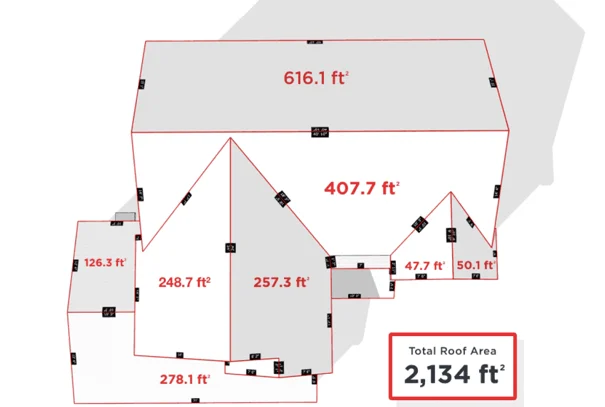
2. Roof Deck / Decking / Sheathing
What it means: This is the solid base layer beneath your shingles or tiles, usually plywood or OSB. Think of it as the “floor” of your roof. If this gets damaged by water or termites, the whole roof’s stability is compromised.
Pro tip: During inspections, ask if the deck is in good condition. In Singapore’s humid climate, moisture can cause decking to rot faster, so regular checks are crucial.
Local insight: Tropical humidity means your roof deck is at higher risk of moisture damage than in drier climates. Using treated decking materials and proper ventilation can extend its life.
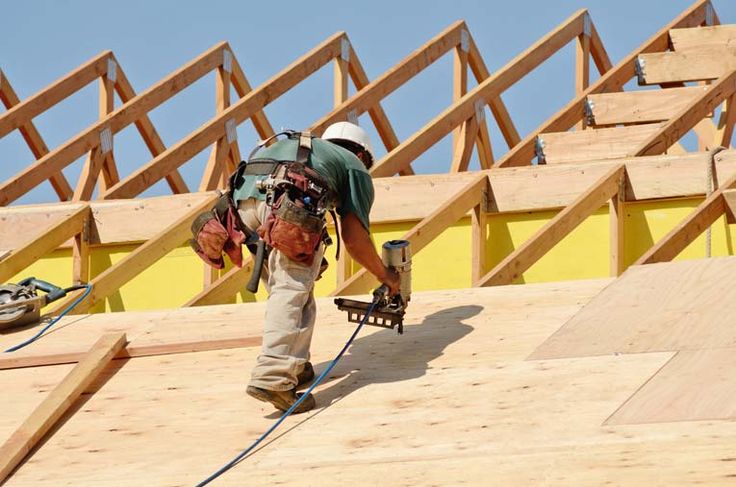
3. Eaves / Eave Edge
What it means: The eaves are the edges of your roof that overhang your walls, directing rainwater away from your home’s foundation. Without well-maintained eaves, water can seep into walls and cause dampness.
Pro tip: Check for signs of water stains or mold under your eaves after heavy rain. These are early warning signs of drainage issues.
Local insight: Singapore’s frequent heavy rainstorms mean eaves play a vital role in protecting your home. Proper gutter installation along the eaves is essential to avoid water damage.
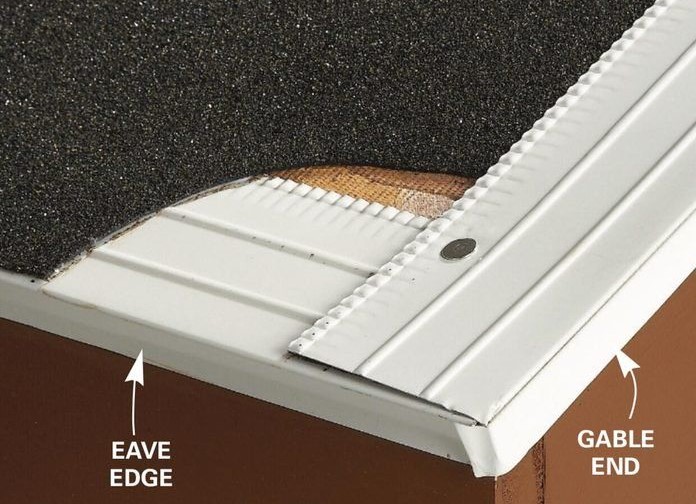
4. Rake Edge
What it means: The rake edge is the sloped edge of a gable roof-the part that runs from the eaves up to the peak. It’s a vulnerable spot where wind-driven rain can cause leaks if not sealed properly.
Pro tip: Look for secure flashing and intact shingles along the rake edge during inspections. Loose materials here are a common cause of leaks.
Local insight: Strong monsoon winds in Singapore can loosen roofing materials along the rake edge, so regular maintenance is key.
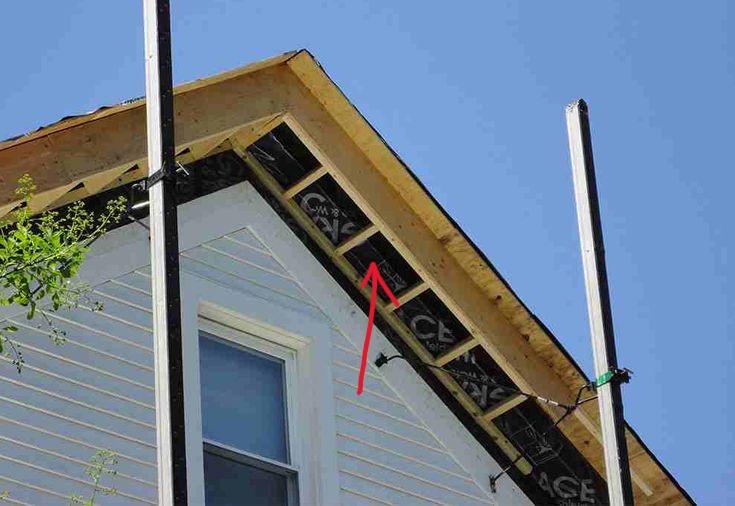
5. Flashing
What it means: Flashing consists of thin metal strips installed around roof joints, chimneys, vents, and valleys to prevent water from seeping in. It’s your roof’s waterproof shield at vulnerable points.
Pro tip: Ask your contractor what type of flashing they use. High-quality materials like aluminum or copper last longer and perform better.
Local insight: In Singapore’s humid climate, flashing can corrode faster if low-quality metals are used, leading to leaks. Proper flashing installation service and periodic checks can save you from costly repairs.

6. Gutter
What it means: Gutters are channels fixed along the eaves that collect rainwater and direct it away from your home’s foundation, preventing soil erosion and water damage.
Pro tip: Keep gutters clean from leaves and debris to ensure smooth water flow. Blocked gutters can cause water overflow and damage.
Local insight: With Singapore’s lush greenery and frequent rains, gutter services and cleaning maintenance is especially important to avoid water pooling and foundation issues.

7. Downspout
What it means: Downspouts are pipes connected to gutters that carry rainwater safely from the roof to the ground or drainage system.
Pro tip: Ensure downspouts direct water away from your home’s foundation. Sometimes extensions are needed to prevent water pooling near the base.
Local insight: Proper drainage is critical in Singapore’s heavy rainfall environment to prevent flooding and structural damage.
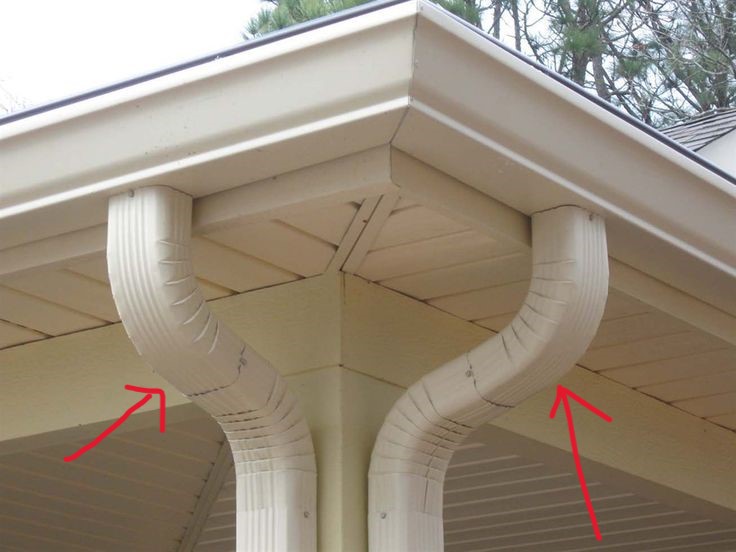
8. Ice and Water Shield
What it means: While ice dams aren’t a big deal in Singapore, this waterproof membrane is still used in vulnerable spots to prevent leaks. It’s like an extra raincoat for your roof.
Pro tip: Ask if your contractor uses this membrane in areas prone to water pooling or leaks. It adds an extra layer of protection.
Local insight: Though rare here, heavy rains and humidity can cause similar water intrusion issues, so this waterproofing membrane service is still valuable.

9. Synthetic Underlayment
What it means: A modern, durable layer beneath your shingles that protects your roof deck from moisture. It’s especially useful in humid Singapore weather.
Pro tip: Synthetic underlayment is more resistant to tearing and moisture than traditional felt, so insist on it for longer-lasting protection.
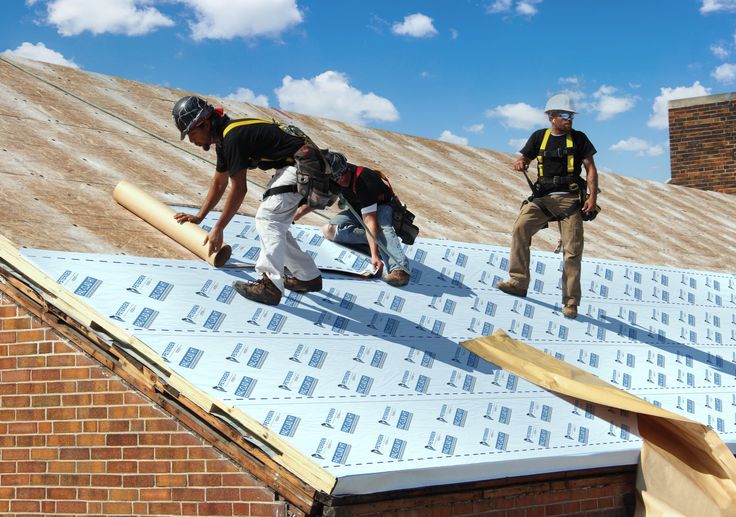
10. Valley
What it means: Where two roof slopes meet, forming a channel for rainwater. Valleys are prone to leaks if not properly maintained.
Pro tip: Ensure valleys are sealed with quality flashing and regularly inspected for debris buildup.
Local insight: With Singapore’s frequent downpours, clogged valleys can quickly lead to water damage. Routinely having a roof cleaning service will lead to better and long lasting roof valley.

11. Ridge / Ridge Vent
What it means: The ridge is the peak of your roof. Ridge vents run along this peak to let hot air escape, keeping your attic cool and dry.
Pro tip: Proper ventilation reduces heat buildup and moisture, extending your roof’s lifespan.
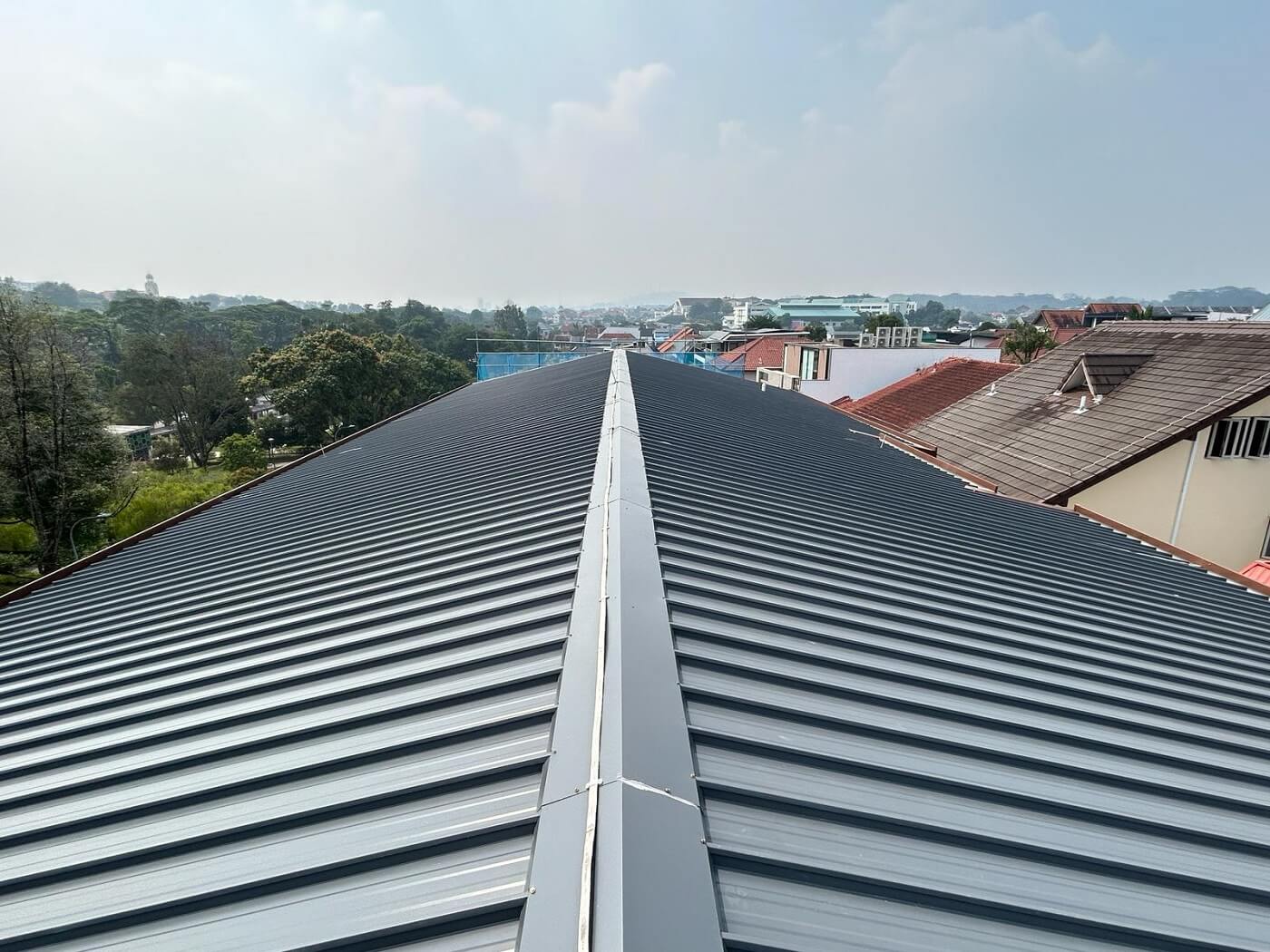
12. Roof Vent (General)
What it means: These vents allow air circulation in your roof space, preventing mold and prolonging roof life. Proper ventilation is key in humid climates like ours.
Pro tip: Check that vents are clear and functioning, especially after storms.
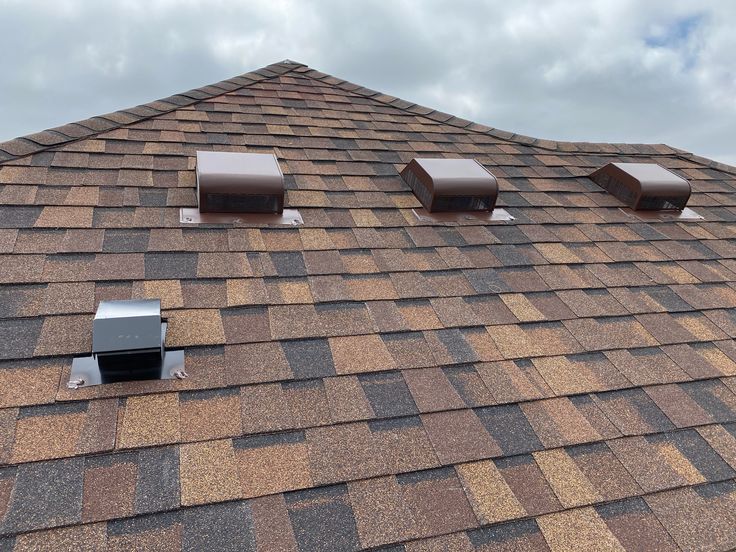
13. Impact Rated
What it means: Materials tested to withstand impacts from hail or debris. While hail isn’t common here, strong winds can send debris flying.
Class 1: Can withstand a 1.25-inch steel ball dropped twice from 12 feet.
Class 2: Can withstand a 1.5-inch steel ball dropped twice from 15 feet.
Class 3: Can withstand a 1.75-inch steel ball dropped twice from 17 feet.
Class 4: Can withstand a 2-inch steel ball dropped twice from 20 feet.
Pro tip: Choose impact-rated materials if your area experiences frequent storms or falling debris.
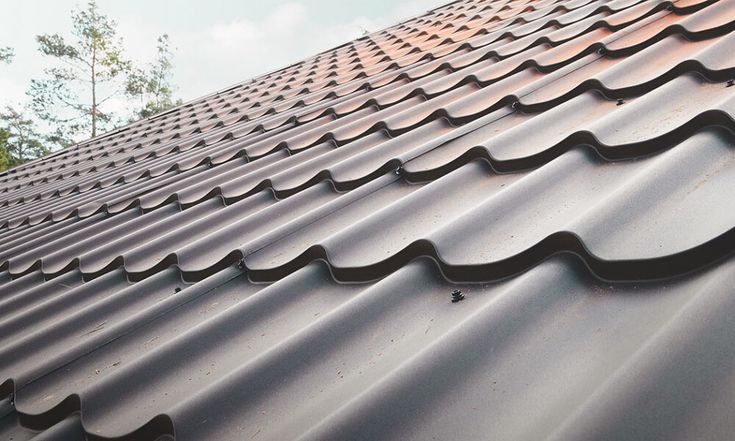
14. Cut-up
What it means: This is the process of trimming shingles to fit edges or around obstacles. Precision here means fewer leaks.
Pro tip: Ask your contractor if they use proper cutting tools to ensure clean edges.
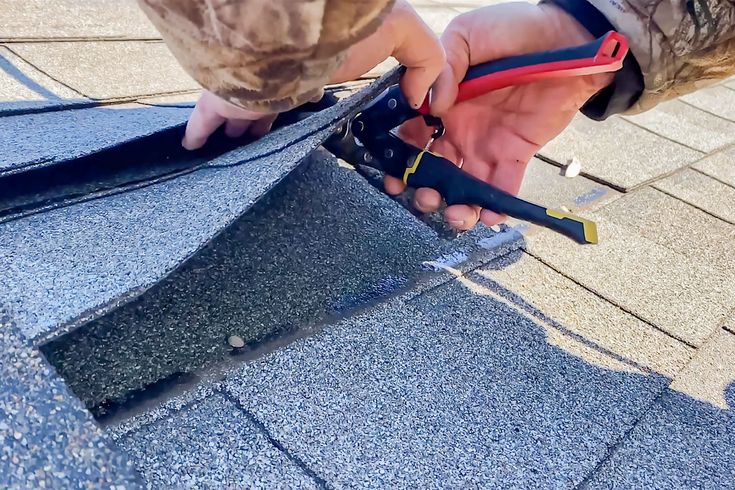
15. Walkable Roof
What it means: A roof designed to safely support foot traffic during maintenance. Handy if you or your contractor need to inspect or clean.
Pro tip: If you plan to do DIY inspections, ask if your roof is walkable to avoid damage or injury.
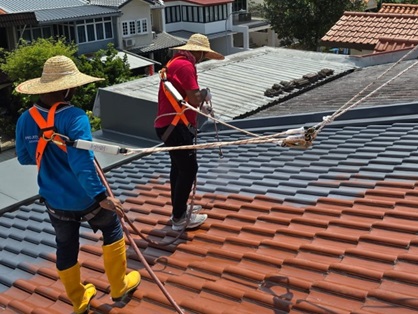
16. Penetrations
What it means: Openings in your roof for pipes, vents, chimneys, or skylights. These need special sealing to prevent leaks.
Pro tip: Regularly inspect penetrations for cracked or missing seals.
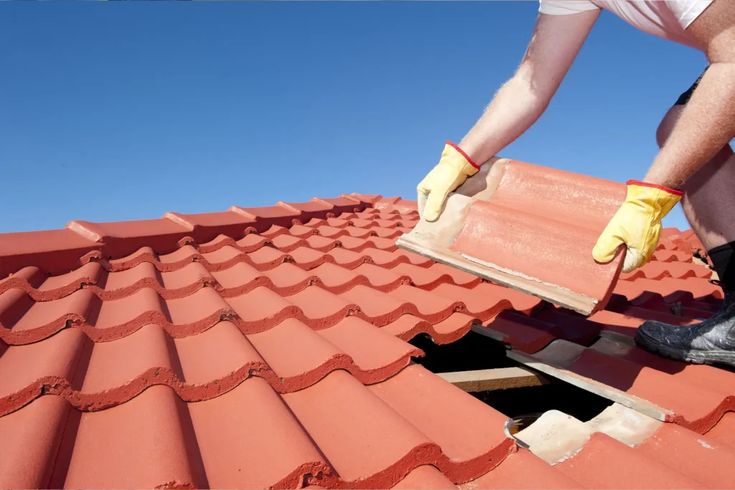
17. Starter Shingles
What it means: The first row of shingles installed at the eaves. They create a secure base and help keep water out.
Pro tip: Ensure starter shingles are installed to manufacturer specs for best protection.
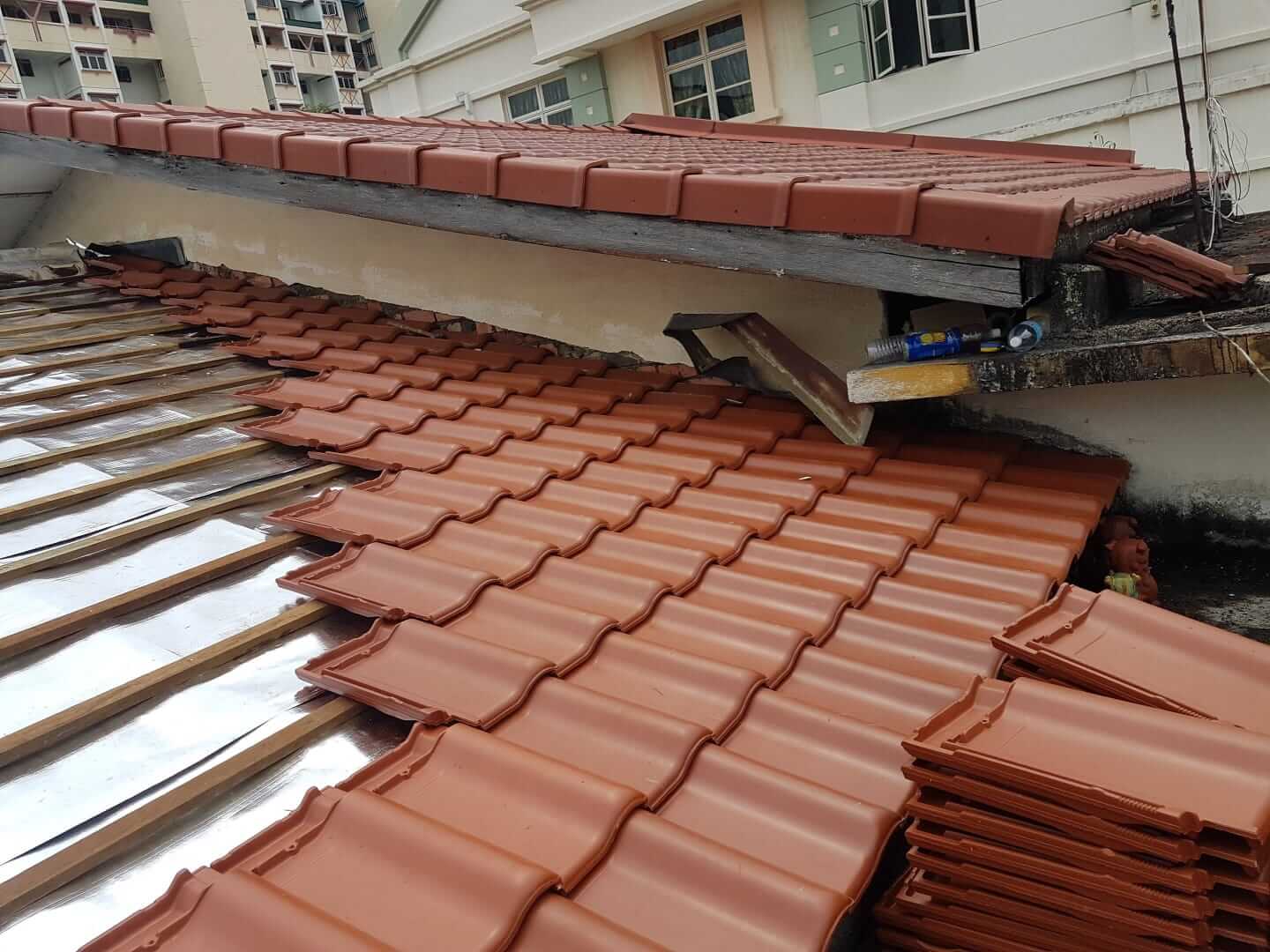
18. Shingles
What it means: The overlapping roofing material that protects your home. They come in various types, each with pros and cons.
Pro tip: Choose shingles suited to Singapore’s climate-durable, waterproof, and UV-resistant.
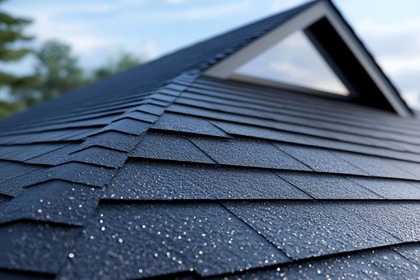
19. Fascia
What it means: The vertical board running along the roof edge, supporting gutters and finishing the look. Damaged fascia can cause gutter problems.
Pro tip: Inspect fascia regularly for rot or insect damage.
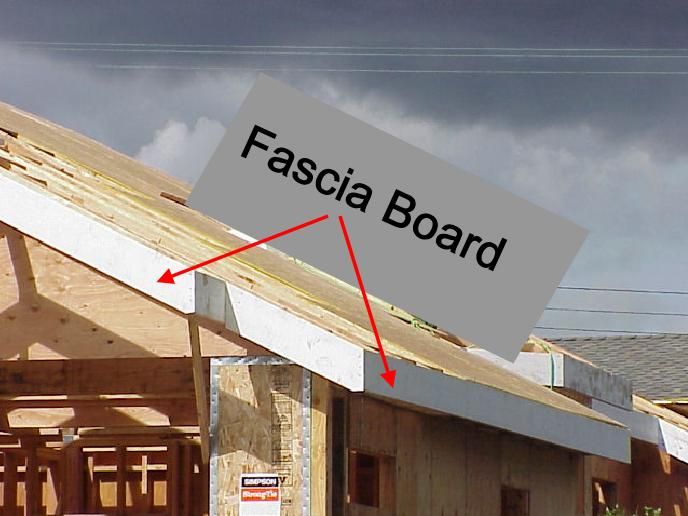
20. Soffit
What it means: The underside of the eaves, often vented to allow airflow and protect the roof structure.
Pro tip: Keep soffit vents clear of debris to maintain proper ventilation.
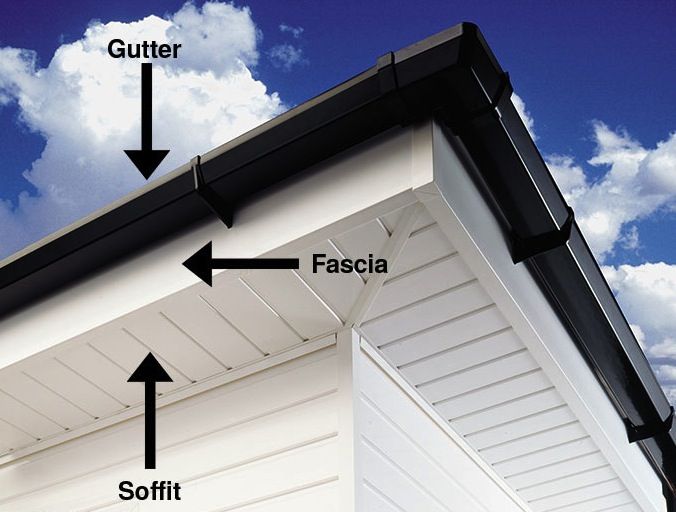
21. Drip Edge
What it means: Metal flashing installed along the eaves and rakes to direct water off the roof and into gutters.
Pro tip: Drip edges protect fascia and decking from water damage-make sure they’re properly installed.

22. Roof Pitch
What it means: The slope or angle of the roof. A steeper pitch means faster water runoff but may require different materials.
Pro tip: Know your roof pitch when choosing materials or planning maintenance.
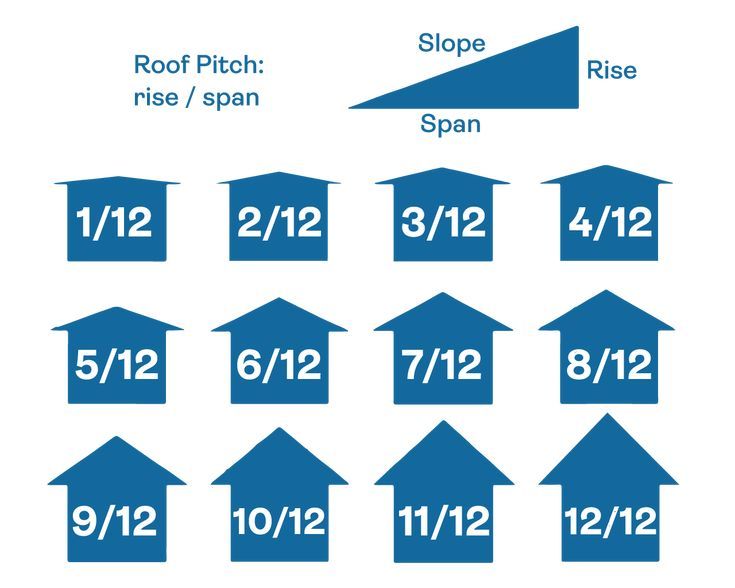
23. Ice Dam
What it means: A ridge of ice that forms on roofs in cold climates, blocking water drainage and causing leaks.
Pro tip: Rare in Singapore, but understanding the concept helps when dealing with imported roofing advice.
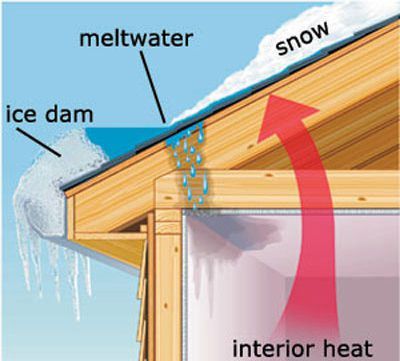
More Roofing Terms For Singapore Property Owners Should Know-as they are widely used in Singapore
We’ve covered 23 essential roofing terms, but in our experience working with roofs across Singapore, there are a few more terms that frequently come up. These can help you better understand your roof’s design, materials, and maintenance needs-especially given Singapore’s unique tropical climate and building standards.
Gable Roof
A gable roof is one of the most common roof styles you’ll see on landed properties here. It has two sloping sides that meet at a ridge, forming a triangular wall section called a gable at each end.
Pro tip: Gable roofs are great for shedding rainwater quickly, but the exposed gable ends need proper flashing and sealing to prevent leaks during heavy monsoon winds.
Hip Roof
Hip roofs slope down on all four sides, making them more stable and wind-resistant-an advantage in Singapore’s stormy seasons.
Local insight: Many newer landed homes in Singapore opt for hip roofs because they offer better protection against strong winds and are less prone to leak at the edges.
Dormer
Dormers are vertical window structures that project from a sloped roof, adding light and usable space to attic areas.
Pro tip: Dormers require careful flashing and waterproofing around their bases to prevent leaks, especially in Singapore’s heavy rain.
Cricket
A cricket is a small peaked structure installed behind chimneys or other roof penetrations to divert water around them and prevent pooling.
Why it matters: Pooling water can accelerate roof damage, so crickets are a smart design feature to keep your roof dry and durable.
Membrane Roof
Often used on flat or low-slope roofs, membrane roofing involves waterproof layers made from materials like TPO, EPDM, or PVC.
Local insight: Many HDB flats and commercial buildings in Singapore use membrane roofs because they provide excellent waterproofing in our humid climate.
Roof Tear-Off
This term refers to removing old roofing materials down to the roof deck before new roof installation or re-roofing.
Pro tip: A proper tear-off ensures a solid, clean base for your new roof and helps prevent hidden damage from causing problems later.
Shingle Granules
These are the tiny crushed rock pieces embedded on asphalt shingles to protect them from UV rays and add color.
Local insight: In Singapore’s intense sun, quality granules help shingles last longer and maintain their appearance.
Hand Sealing (Hand Tabbing) Shingles
A technique where shingles are manually sealed with roofing cement to prevent wind uplift.
Pro tip: This extra step is important in Singapore’s windy monsoon seasons to keep shingles secure. To be more informed, we suggest reading the artile – Top 5 Highly Durable Roof Waterproofing Methods 2025.
Interlocking Shingles
Shingles designed to lock together for enhanced wind resistance and durability.
Why it matters: Interlocking shingles provide better protection against heavy rain and wind, common in our tropical climate.
Cool Roofing
Roofing materials designed to reflect sunlight and absorb less heat, helping reduce indoor temperatures and energy costs.
Local insight: Cool roofing is becoming popular in Singapore as homeowners seek ways to keep their homes cooler and reduce air-conditioning bills. Cool roof or green roofs are also promoted by the Government of Singapore. Learn more about Green ann Cool Roofing with SGBC. And if you are more focused on the financial matter about roofing, we suggest to read the article to get a indepth financial knowledge on roofing – Financial Planning for Roofing Repairs and Installations in Singapore: Your Comprehensive Guide.
Algae Discoloration
Dark streaks or stains on roofing caused by algae growth, common in humid climates like Singapore.
Pro tip: Regular cleaning and algae-resistant shingles can keep your roof looking fresh and prevent damage. You can also opt for a roof painting service or a roof coating service which will further prevent damages to your existing roofing materisl.
Blisters
Bubbles or raised areas on roofing materials caused by trapped moisture or heat, which can lead to premature roof failure.
What to watch for: Blisters can be a sign of poor ventilation or installation issues, so get them checked promptly. If you want SP Roofing Contractor to do the check, we are happy to give a free on-site consutation and estimation. Feel free to call us for any roofing querry!
Fire Resistance Class (A, B, C)
Ratings that indicate how well roofing materials resist fire spread.
Local insight: While fire risk is generally low in Singapore, choosing fire-resistant materials adds an extra layer of safety. In Singapore Fire Safety Roof Precautions are very crucial. You can also have insurance covered if your roof is damaged by naturally occured fire (Natural Disaster). Learn about the insurances from this helpful article.
Span
The horizontal distance between roof supports.
Why it matters: Proper span design ensures your roof can bear loads safely, especially important during heavy rains or if you add rooftop installations.
Soil Stack
A vertical vent pipe extending through the roof to vent plumbing gases.
Pro tip: Proper sealing around soil stacks is crucial to prevent leaks and maintain roof integrity.
Starter Strip
A strip of roofing material installed at the eaves to provide a secure base for the first row of shingles.
Why it matters: A good starter strip prevents wind and water from getting under the shingles at the edges.
Staggering
An installation technique where shingles are offset vertically to improve water shedding and appearance.
Pro tip: Proper staggering is a sign of quality workmanship and helps prevent leaks.
Steep Slope Application
Special installation methods for roofs with steep pitches, requiring specific materials and techniques.
Local insight: Some Singapore homes have steep roofs, and using the right materials here is key to durability.

How These Roofing Phrases Help You Protect Your Home (And Wallet!)
Knowing these terms means you’re not just nodding along during roof inspections or repairs, you’re asking the right questions. You’ll understand why your contractor recommends certain materials or repairs, and you’ll spot potential issues early.
For example, we had a client who noticed their gutters overflowing. Because they knew what gutters and downspouts do, they called us before water damaged their foundation. Catching it early saved them thousands.
But Here’s Something Many Homeowners Don’t Realize
When you speak the roofing language, you’re not just asking smarter questions-you’re sending a clear message to your contractor that you know what you’re talking about. This can make a huge difference.
Unfortunately, not every contractor has your best interests at heart. Some might try to upsell unnecessary repairs or push costly materials that you don’t really need. When you understand the terms and what things should look like, you can confidently say, “Wait a minute, show me the proof,” or “That doesn’t sound right.”
You’re essentially putting a stop to potential overcharging or shoddy workmanship before it even starts. While most contractors are honest professionals, there’s always a chance you might encounter someone who tries to take advantage. Knowing the language of roofing gives you the power to protect your home-and your wallet-from those situations.
Talking Roofing: Tips for Communicating with Your Contractor
Here’s a little secret: contractors appreciate homeowners who speak their language. When you say “flashing” or “synthetic underlayment” confidently, it shows you’re informed and serious.
Don’t be shy, ask what materials they’re using, why they recommend certain fixes, or how they’ll protect your roof from Singapore’s heavy rains.
Wrapping Up: Your Roof, Your Rules
Your roof might be out of sight, but it shouldn’t be out of mind. With these 41 roofing terms under your belt, you’re ready to take charge of your next roofing contractor services in singapore.
And if you ever feel overwhelmed, remember: a good roofing contractor is your partner, not just a service provider. At SP Roofing Contractor, we’re here to guide you every step of the way.

0 Comments